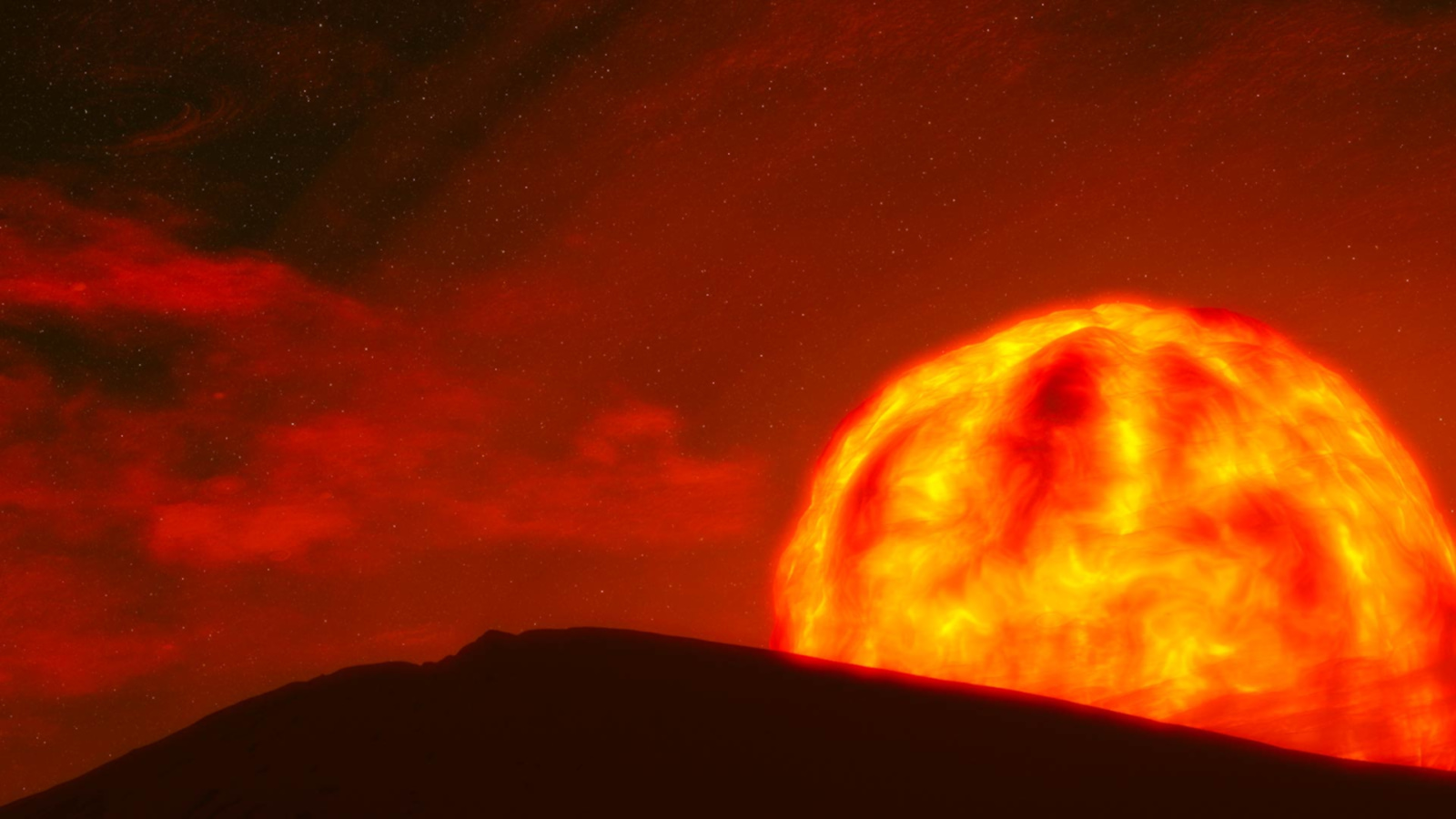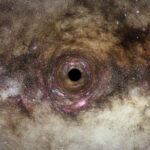In the vast expanse of the universe, stars of unimaginable sizes and masses exist, dwarfing our own Sun. According to estimates by the European Space Agency (ESA), there are around 1 trillion stars, each varying in size and luminosity. Among these, UY Scuti stands out as a former record-holder for size, a red supergiant whose enormity defies comprehension.
The Concept of Solar Mass in Astrophysics
To quantify the mass of these colossal stars, astronomers use the unit of solar masses, where one solar mass is equivalent to the mass of our Sun (2 x 10^30 kilograms). This unit provides a clearer perspective on the immense size of stars like UY Scuti, which are billions of times more massive than the Sun.
Discovery and Characteristics of UY Scuti
UY Scuti, a red supergiant star located in the Scutum constellation, was discovered as the universe’s largest star. Approximately 9,500 light-years from Earth, it was observed using the Very Large Telescope in Chile. Its vast size, measured using the Rosseland Radius, dwarfs even the orbit of Jupiter, reflecting its status as a cosmic behemoth.
Comparative Analysis: UY Scuti vs. Other Giant Stars
| Star | Radius Comparison | Solar Masses | Remarkable Features |
|---|---|---|---|
| UY Scuti | Larger than Jupiter’s orbit | 1,708 ± 192 R0 | Red supergiant, immense luminosity |
| Other Notable Stars | Varies | Varies | Each with unique properties and sizes |
UY Scuti: A Behemoth in the Cosmos
UY Scuti’s sheer size is so vast that even a hypothetical object traveling at the speed of light would take seven hours to circumnavigate it. In contrast, circling the Sun would take just 14.5 seconds. Such comparisons underscore UY Scuti’s extraordinary scale, making it a marvel in astrophysics.
The Lifecycle and Future of UY Scuti
As a red supergiant, UY Scuti has already moved beyond the main sequence phase of stellar evolution. It is currently fusing helium in its core and has entered the final stages of its life. Given its short lifespan compared to smaller stars, UY Scuti is on a path toward an explosive end, potentially resulting in a stellar-mass black hole.
Stellar Giants: UY Scuti and Stephenson 2-18
While UY Scuti held the title of the largest star for a long time, recent discoveries have placed Stephenson 2-18 at the top. With a radius about 2150 times that of the Sun, Stephenson 2-18 highlights the ever-evolving nature of astronomical research and the discovery of even larger cosmic entities.
The Future of Stellar Research
The study of stars like UY Scuti and Stephenson 2-18 paves the way for deeper understanding and exploration in astrophysics. As technology and methodologies advance, future research will undoubtedly uncover more about these fascinating stellar giants and their roles in the cosmic landscape.
The Monstrous TON 618: The Universe’s Largest Black Hole
While UY Scuti and Stephenson 2-18 represent some of the most massive stars known to us, the title for the largest known black hole in the universe goes to TON 618. Located in the constellation Canes Venatici, TON 618 is a hyperluminous, broad-absorption line, radio-loud quasar. It harbors a black hole with an astonishing mass of approximately 66 billion solar masses, making it the most massive black hole discovered to date. Its Schwarzschild radius, or the boundary beyond which nothing can escape, stretches over 1,300 AU, more than 40 times the size of Neptune’s orbit. The sheer scale of TON 618 and its luminosity, equivalent to 140 trillion Suns, place it among the most extraordinary and powerful objects in the known universe, offering a unique perspective on the capabilities and limits of cosmic structures.
Video Guide
To answer all your questions, we have prepared a video for you. Enjoy watching it!
Conclusion
UY Scuti, once considered the largest star in the universe, remains an object of awe and wonder. Its immense size and eventual demise into a black hole encapsulate the dynamic and fascinating nature of stellar evolution. As we continue to explore the universe, the study of such stars offers invaluable insights into the workings of our cosmos.





